This disc brings together a collection of newsreels, which were shown in the early days of the USSR under the title "Kino Pravda" (as well as "Kino Nedelya" and "Kino Glaz"). Kino-Pravda ("Film Truth") was a newsreel series by Dziga Vertov, Elizaveta Svilova, and Mikhail Kaufman.
Working mainly during the 1920s, Vertov promoted the concept of kino-pravda, or film-truth, through his newsreel series. His driving vision was to capture fragments of actuality which, when organized together, showed a deeper truth which could not be seen with the naked eye. In the "Kino-Pravda" series, Vertov focused on everyday experiences, eschewing bourgeois concerns and filming marketplaces, bars, and schools instead, sometimes with a hidden camera, without asking permission first. Episodes of "Kino-Pravda" usually did not include reenactments or stagings (one exception is the segment about the trial of the Social Revolutionaries: the scenes of the selling of the newspapers on the streets and the people reading the papers in the trolley were both staged for the camera). The cinematography is simple, functional, unelaborate — perhaps a result of Vertov's lack of interest in either "beauty" or "art". Twenty-three issues of the series were produced over a period of three years; each issue lasted about twenty minutes and usually covered three topics. The stories were typically descriptive, not narrative, and included vignettes and exposés, showing for instance the renovation of a trolley system, the organization of farmers into communes, and the trial of Social Revolutionaries; one story shows starvation in the nascent Marxist state. Propagandistic tendencies are also present, but with more subtlety, in the episode featuring the construction of an airport: one shot shows the former Czar's tanks helping prepare a foundation, with an intertitle reading "Tanks on the labor front".
Vertov clearly intended an active relationship with his audience in the series — in the final segment he includes contact information — but by the fourteenth episode the series had become so experimental that some critics dismissed Vertov's efforts as "insane".
KINO GLAZ (1924):
Dziga Vertov, whose renegade approach to cinema is best remembered in the legendary Man With a Movie Camera and his series of Kino-Pravda newsreels, demonstrates his mastery of montage in this 1924 feature previously unseen in the U.S. An outspoken critic of the purely plot-driven motion picture, Vertov challenged other filmmakers to rebel against the Western story-oriented cinema. Vertov argued that filmmakers should use their camera to capture "the chaos of visual phenomena filling the universe" and through clever editing, develop these random images into a more honest, more genuine record of the Soviet experience.
Central to Kino-Eye are the activities of the Young Pioneers, a group of Soviet adolescents committed to serving the needy. These scenes of teen philanthropy are interwoven with playful cinematic experiments, as when Vertov charts the evolution of hamburger and bread by following its trail back to the farms and wheatfields from whence it came, and a ballet of high-diving that is eerily similar to the famous sequence in Leni Riefenstahl's Olympia.
Kino-Eye is thus a fascinating film, not just for its aesthetic beauty and political significance, but for honestly documenting a society fresh from revolution, buoyed by idealism, ready to face the challenges of a difficult future. The final reel of Kino-Eye no longer exists, but has been approximated by the use of carefully selected outtake footage.
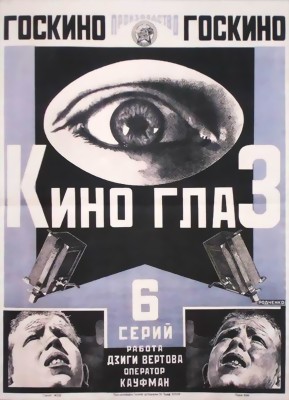
SILENT FILM WITH RUSSIAN INTERTITLES AND SWITCHABLE ENGLISH SUBTITLES. APPROXIMATELY 83 MINUTES.
KINO PRAVDA 21 (1925):
A worker from Lenin Factory tells of the assassination attempt on Lenin. Memorial at the scene of the attempt. Gun with which Lenin was wounded. Lenin after the attempt. Scenes from the Civil War, map of 1919, Lenin's speeches from the time of the Civil War. Red Army detachments marching. Soldiers taking an oath. Lenin's speeches. Komintern session, Lenin's speech. Demonstrations in Central Asia, veiled women march, scenes of unveiling in front of the camera. Children marching. Soldiers, mass demonstrations, tractors ploughing the soil. Machines working. 1921, crisis, hunger, epidemics, Lenin's speeches. New Economic Policy, a fair in Nizhnii Novgorod. Machines in factories and in the fields. 1922-23, news about Lenin's health: temperature, pulse, breathing - presented with the help of animation. Announcement of Lenin's death on January 21, 1924. Lenin in the coffin, masses of people coming to the House of the Soviets for a farewell ceremony. Krupskaia, Zinoviev, Kamenev, Stalin, Kalinin, Rykov, Iaroslavskii, and other politicians around the coffin. Klara Zetkin, Carl Radek. Dzerzhinskii, Frunze, Stalin, Voroshilov, Budennyi. Orchestra, a group of soldiers, pioneers passing by the coffin. Crowds on the streets. Cartoon image of a capitalist happy about Lenin's death and crying at the sight of the growing number of Communist Party members. Street scenes, people waiting in line to enter the House of the Soviets. Workers who entered the party in 1924. Meeting at a factory, new party members are accepted. Delegates of 13th Party Congress go to the mausoleum on Red Square. Pioneers on Red Square. Village scenes: young pioneers distribute Lenin's portraits among village kids. Meeting of peasants and workers, who speak about the union of village and city.
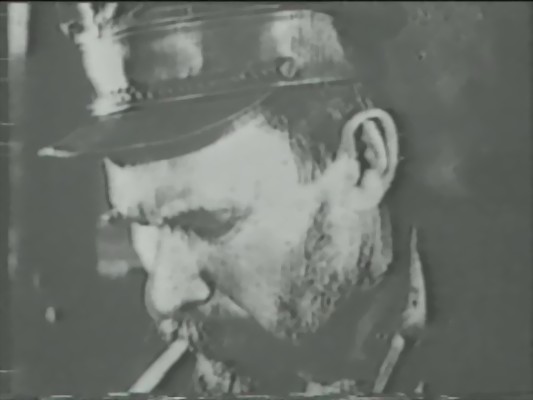
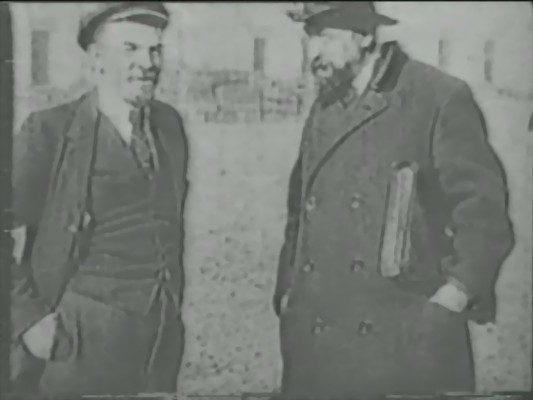
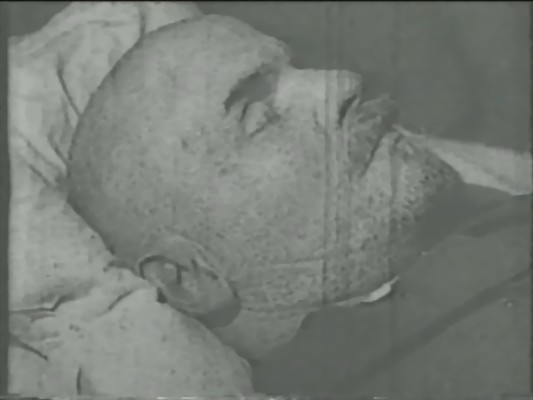
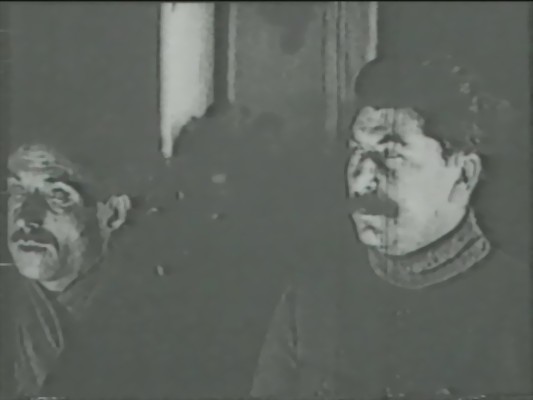
SILENT FILM WITH RUSSIAN INTERTITLES AND SWITCHABLE ENGLISH SUBTITLES. APPROXIMATELY 22 MINUTES.
KINO PRAVDA 22 (1925):
The "Peasant Kino Pravda" was made as part of the smychka campaign to unite workers and peasants and to demonstrate that "Lenin is Alive in the Heart of the Peasant", as well as in the hearts of oppressed Asians and Africans.
SILENT FILM WITH RUSSIAN INTERTITLES AND SWITCHABLE ENGLISH SUBTITLES. APPROXIMATELY 16 MINUTES.
KINO PRAVDA 23 (1925):
Country landscape, local post-office, people pick up packages. Children rush to meet the newcomers to the village. Villagers cut down trees, take them back to the village. People make poles, set up antennas. Village children and adults watch with interest and curiosity. Cartoon explanation of principles of telegraph and radio transmission. A telegraph station at work. First radio transmissions, people with headphones listening to concerts and speeches. Children learn about the radio.
SILENT FILM WITH RUSSIAN INTERTITLES AND SWITCHABLE ENGLISH SUBTITLES. THIS FILM HAS NO SOUND AT ALL. APPROXIMATELY 16 MINUTES.
UNLESS NOTED, ALL FILMS HAVE HAD SOUNDTRACKS ADDED BY US.
TOTAL RUNNING TIME: 138 MINUTES.



